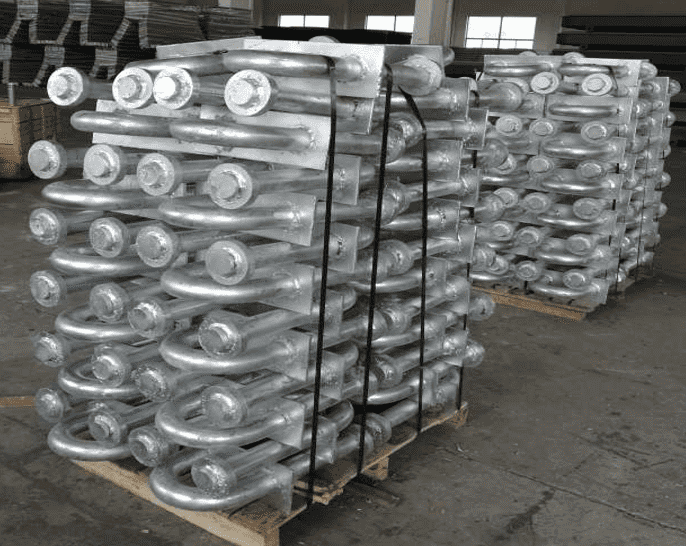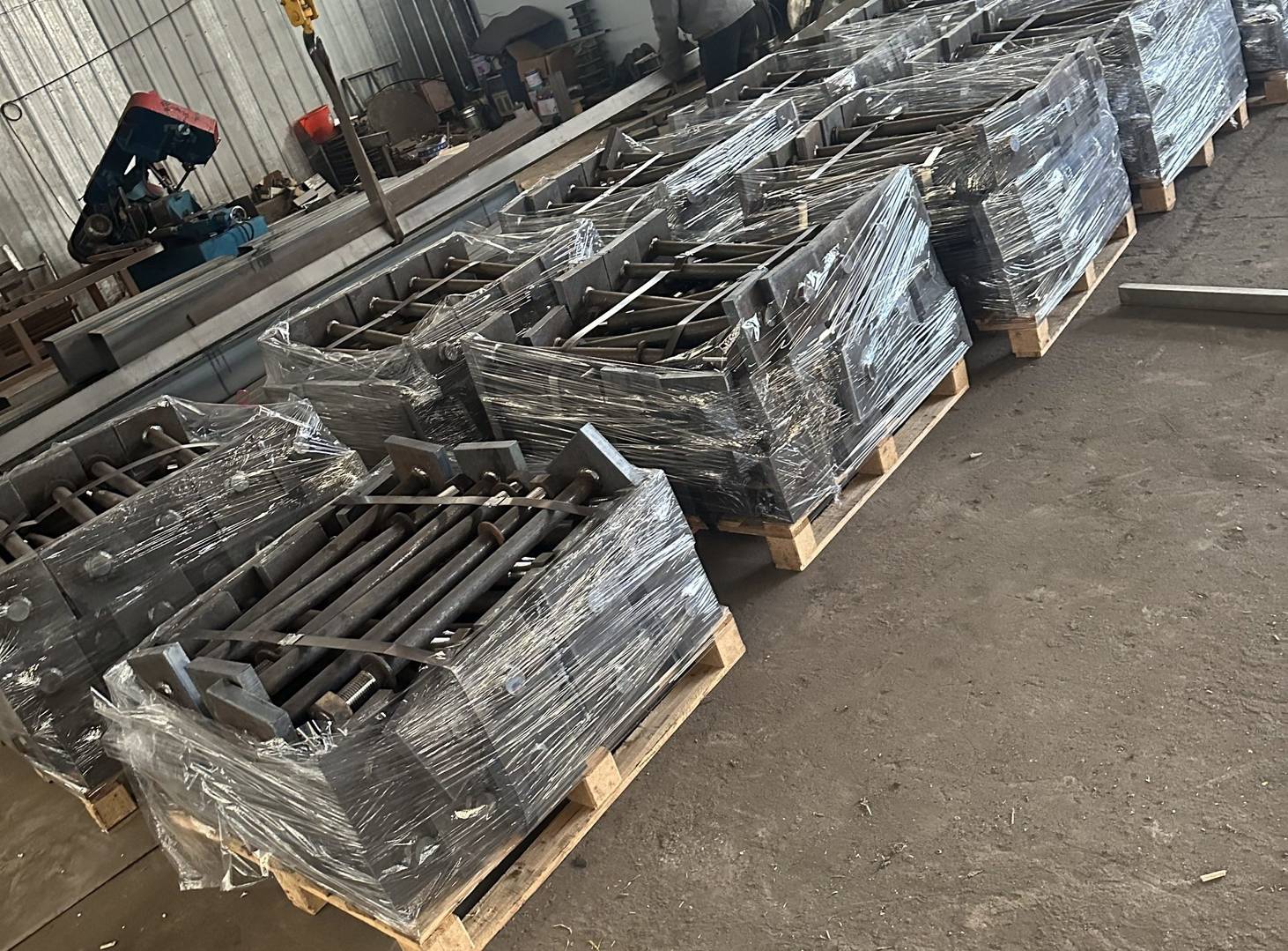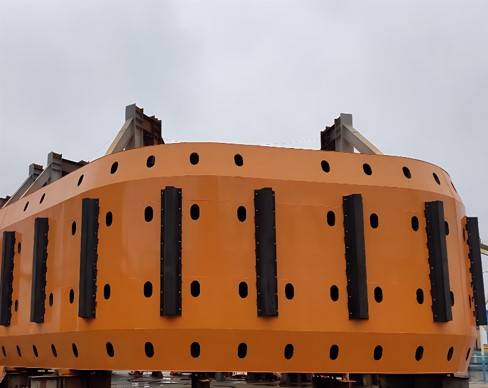SME engineers used ANSYS finite element analysis to create detailed 3D fender models, simulating stress distribution and deformation under various operating conditions. This analysis ensures fender stability, durability, and optimized performance. The design meets stringent safety standards, providing reliable solutions for ports, marinas, and diverse marine applications.

The structural form of the frontal panel
In the dock fender system, the structural configuration of the frontal panel is typically determined according to the type of fender and specific design requirements. It is often paired with various types such as Cell fenders, Arch fenders, Cone fenders, and Leg fenders. The frontal panel can be designed in either an open or closed configuration. However, we recommend the closed configuration due to its superior strength, excellent corrosion resistance, and prolonged service life. The closed design not only reinforces the overall strength of the frontal panel but also provides a better protective barrier against corrosive media, ensuring long-term and stable performance of the Fender system.
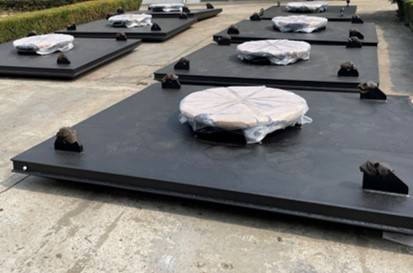
Close frame
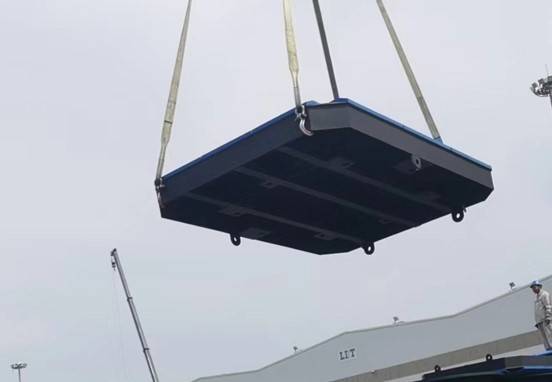
Open frame
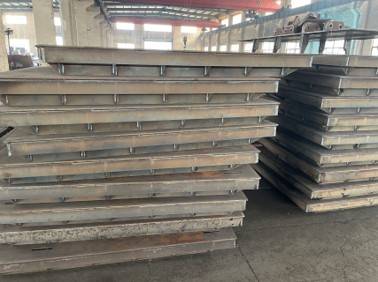
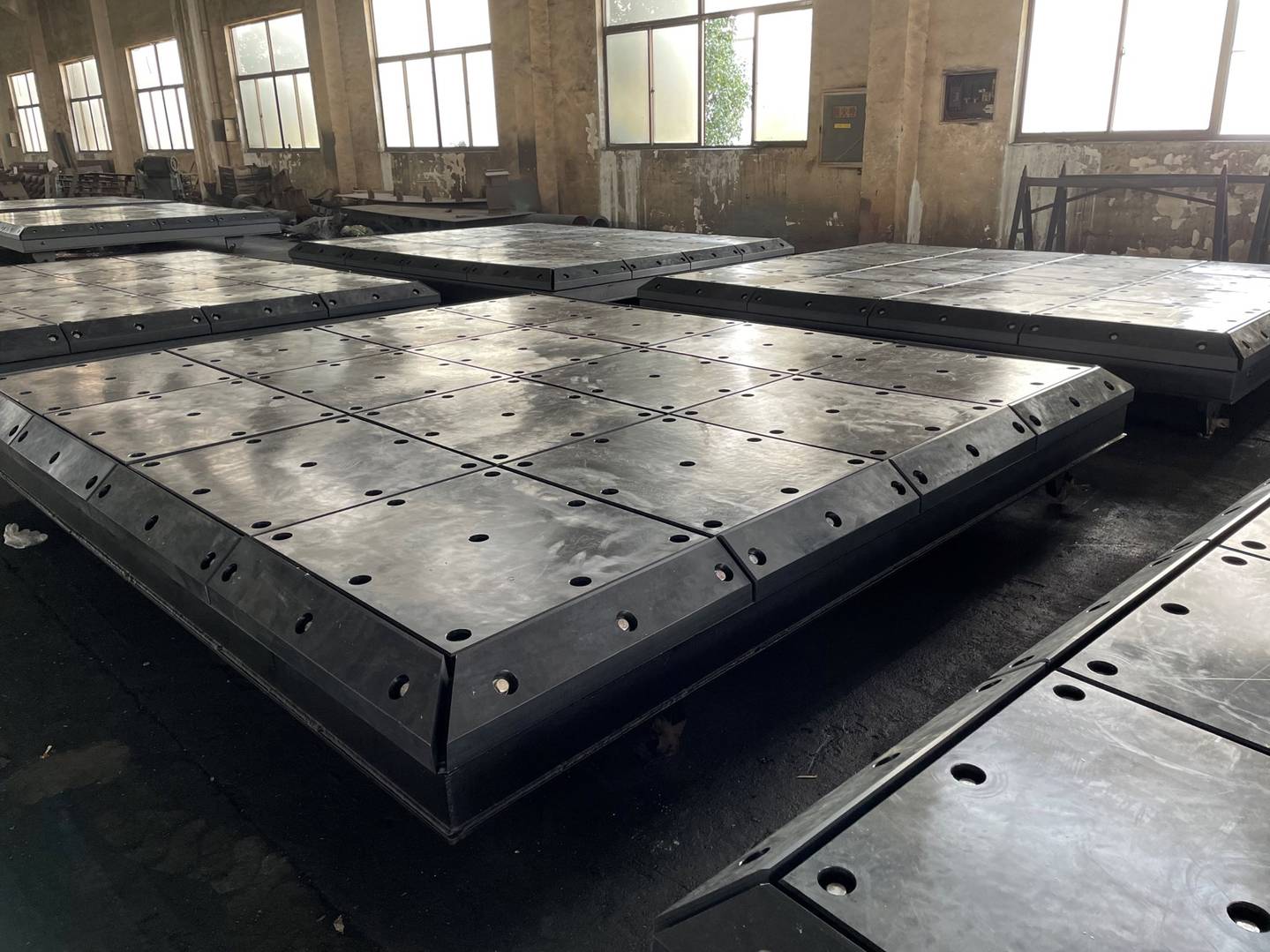
Surface Pressure
The frontal panel of the dock fender system reduces pressure on the ship’s surface, keeping it below 200 KN/m², making it ideal for berthing large ships. Optional UHMW-PE pads lower friction between the ship and fender, enhancing operational safety and prolonging the system’s service life. This design ensures reliable performance for ports, marinas, and other marine applications.
Corrosion Prevention
Corrosion resistance is a vital consideration for the long-term operation of fender systems. Given their exposure to the harsh marine environment, it is imperative to adopt effective corrosion prevention measures. SME employs a multi-layer corrosion prevention system, featuring a triple-coat structure of primer, intermediate coat, and topcoat, or alternatively, an overall galvanized surface combined with a topcoat, all of which meet stringent painting standards. This ensures the sustained and reliable operation of Fender systems over time. Additionally, we have innovated by attaching sacrificial anodes to the bottom of the front panels, further enhanced the anti-corrosion performance.

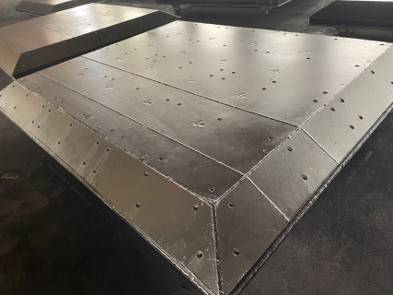
Face pads
The face pads, as an integral part of the frontal panel, are securely fastened to it with mechanical bolts. Its design and material selection are crucial in reducing the coefficient of friction during berthing, protecting both the hull and the fender system itself.
SME has opted for a proven UHMW-PE material, renowned for its exceptional wear resistance. Even under conditions of frequent contact and friction, UHMW-PE maintains its integrity over an extended period, resisting scratches and wear with remarkable durability.
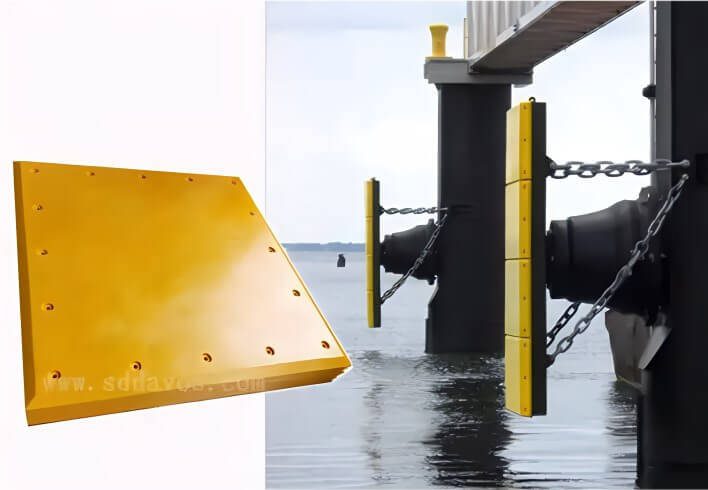

Face pads for fender systems are available in vibrant yellow, serene blue, black, or custom color combinations. These colors enhance dock visibility, strengthen visual identity, and help vessel operators clearly identify the dock during berthing or departure. The design improves operational safety and efficiency in ports, marinas, and riverside environments.

